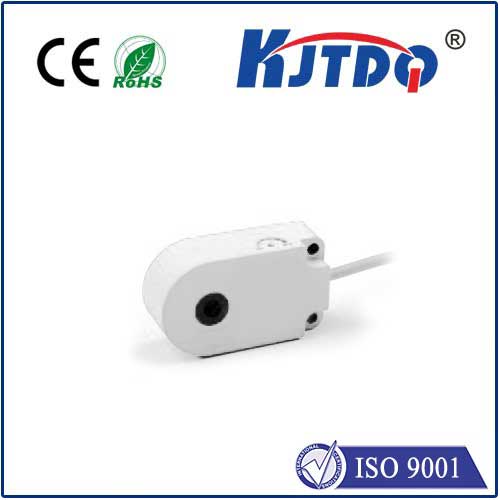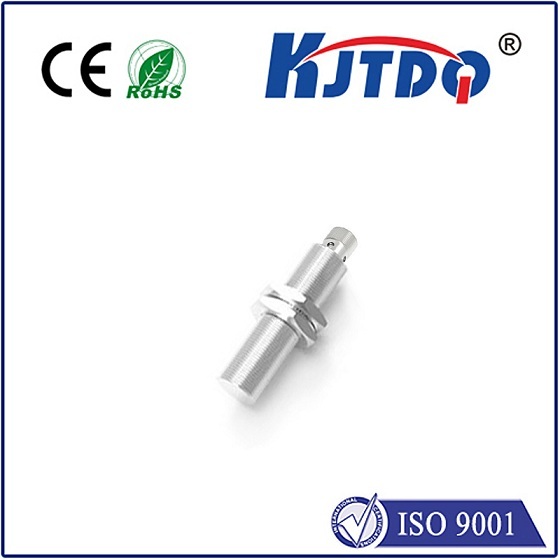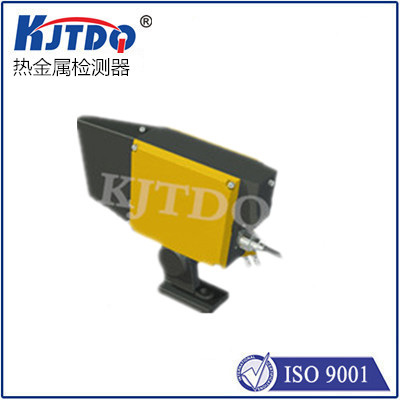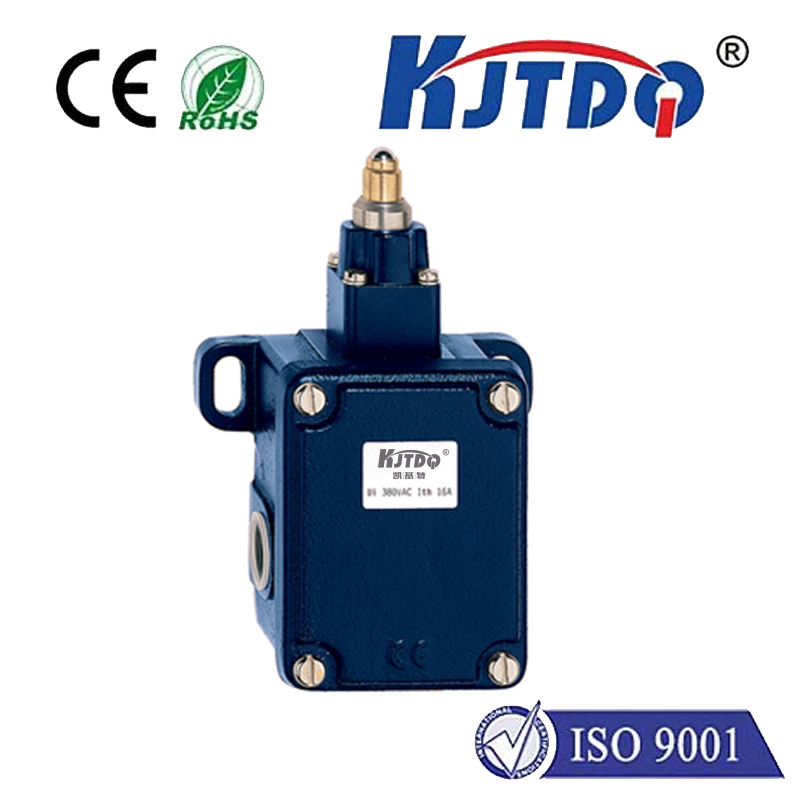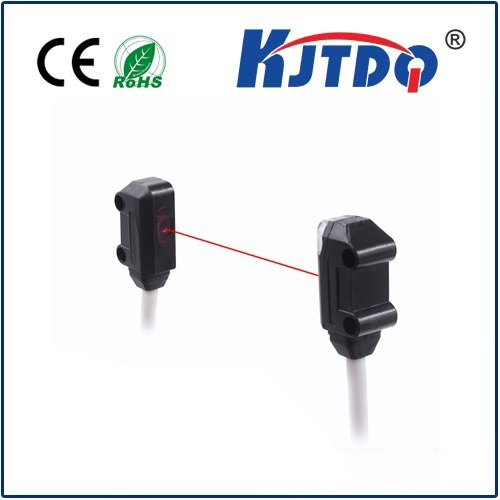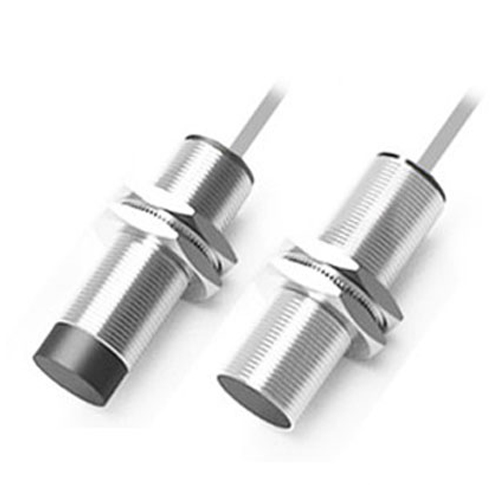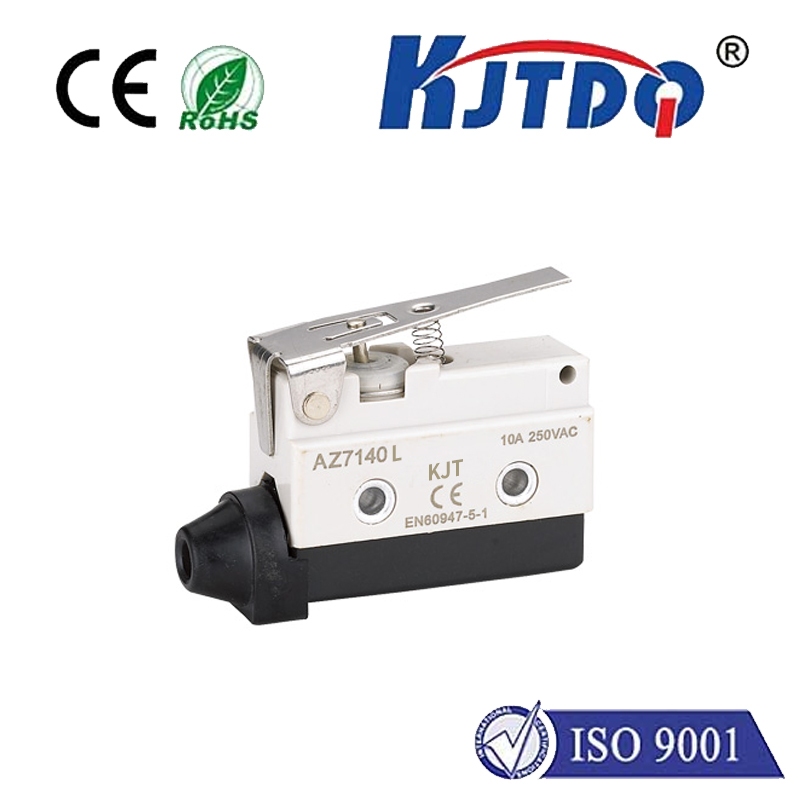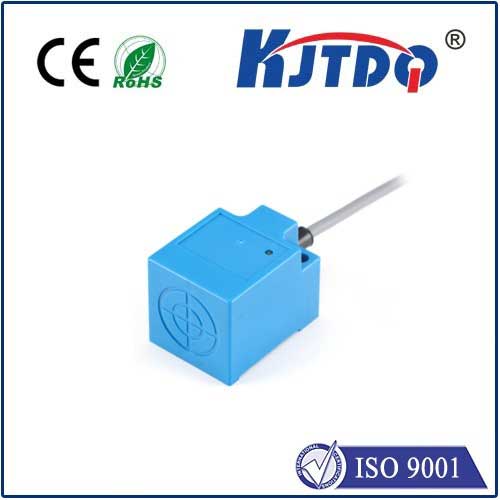

check

check

check

check
Title: Red Laser Sensor: Revolutionizing the World of Measurement and Detection
Introduction:
The advent of red laser sensors has transformed various industries, from manufacturing to agriculture, by providing high-precision measurement and detection capabilities. These innovative devices use cutting-edge technology to detect and measure distances, time, temperature, and other parameters with unmatched accuracy. In this article, we will explore the key features and applications of red laser sensors, their benefits over traditional methods, and how they are shaping the future of these industries.
Red Laser Sensors: A Game-Changer
Red laser sensors are a type of optical sensor that emits a visible red light and captures its reflection off an object or surface to measure various parameters. They operate on the principle of triangulation, where the reflected light is captured by two or more sensors placed at different angles to determine the distance to the target. By measuring the time it takes for the light to bounce back, these sensors can determine the distance accurately within a few millimeters.
Key Features and Applications:

The following are some of the key features and applications of red laser sensors:
1. High Accuracy: Red laser sensors offer exceptional accuracy in measuring distances, ranging from a few millimeters to several hundred feet. This makes them ideal for tasks that require precise measurements, such as industrial production, vehicle tracking, and surveillance systems.
2. Speed and Convenience: Red laser sensors are quick and easy to activate, allowing for fast measurement without any manual input. This saves time and reduces errors, making them suitable for real-time monitoring and control.
3. Compact Design: Red laser sensors are compact and lightweight devices that can be easily integrated into various equipment or systems. Their small size also allows them to be mounted in challenging environments, such as inside vehicles or on moving machinery.
4. Wide Range of Applications: Red laser sensors have numerous applications across various industries, including manufacturing, logistics, agriculture, healthcare, and defense. Some common uses include measuring distances between objects, monitoring temperature changes, detecting obstacles, tracking movement, and ensuring safety compliance.
Benefits Over Traditional Methods:
Compared to traditional methods such as infrared thermometers or ultrasonic sensors, red laser sensors offer several advantages:
1. Better Accuracy: While infrared thermometers can provide accurate readings up to a certain range, they tend to lose accuracy as the temperature decreases below their threshold. On the other hand, red laser sensors can measure temperatures down to sub-zero levels with excellent accuracy.
2. Faster Response Time: Unlike ultrasonic sensors that need time to transmit sound waves and receive echoes back, red laser sensors can instantly detect objects based on their reflections. This leads to faster response times and better real-time performance.
3. No Contact Required: Ultrasonic sensors often require physical contact with the object being measured, which can be risky or uncomfortable in certain situations. Red laser sensors do not need direct contact with the target, making them a safer and more convenient option for many applications.
4. Better Weather Resistance: Red laser sensors can operate reliably in harsh weather conditions like rain, snow, fog, or extreme temperatures. They do not suffer from interference caused by moisture or dust buildup like other types of sensors.
Conclusion:
In conclusion, red laser sensors have revolutionized the way we measure and detect distances, time, temperature, and other parameters in various industries. Their high accuracy, speed, convenience, compact design, and wide range of applications make them indispensable tools for professionals working in manufacturing, logistics, agriculture, healthcare, and defense sectors. As technology continues to evolve, we can expect even more advanced versions of red laser sensors with enhanced functionality and performance.
